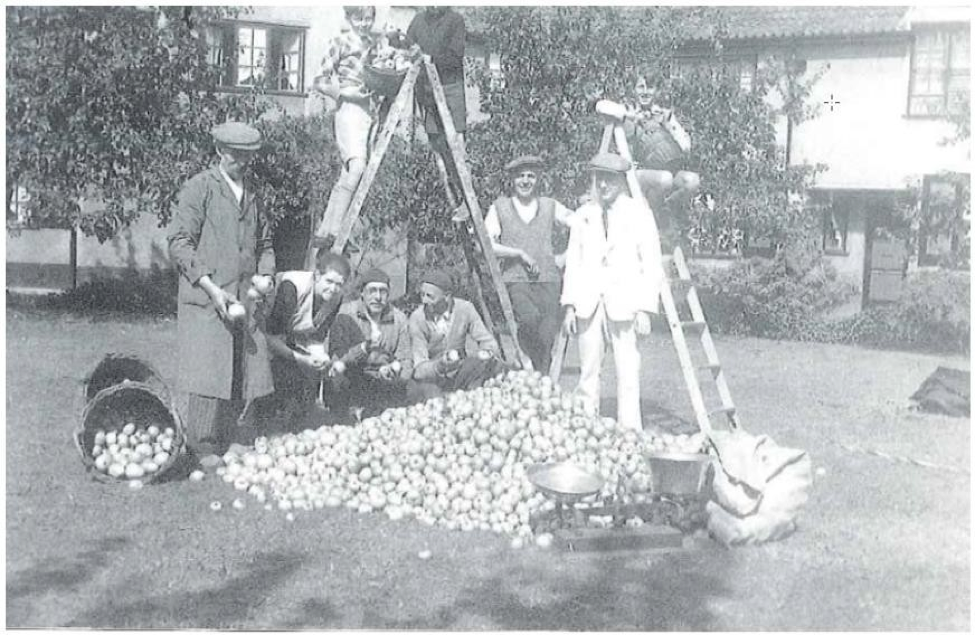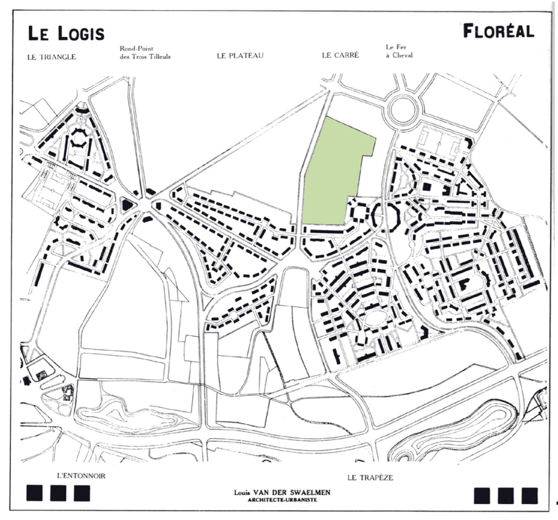Growing space as planning requirements

Cueillette des Pommes à la cité‐jardin – Le Logis-Floréal À Watermael-Boitsfort, 1940
The Ferme du Chant des Cailles is a collective urban agricultural project initiated by farmers together with local citizens in a residential neighbourhood in Watermael-Boisfort, in the south-east of Brussels. The land on which the farm was established lies in the heart of the Logis Floréal, a garden suburb developed in the 1920’s designed by Louis Vanderswaelmen. The land was reserved in the original plan for a farm that was never built, but the settlement included individual productive gardens, productive fruit trees in the public domain and an orchard. The pressing need for new social housing in Brussels led the authorities to consider the land historically reserved as a productive space for the construction of 250 additional housing units, especially since the social housing company was owner of the land. However, the mobilisation of local citizens put the process of the development project on hold. The coalition of citizens even mapped vacancies in the neighbourhood, questioning the need for new development. What started with the idea of repurposing an abandoned field developed into a process of reappropriation of a historical urban pattern, relinking housing and food production, underlining the need for new planning tools and processes that consider community-build food production as equally valuable on the urban agenda as housing, schools or playgrounds.

Historical plan of Louis Vanderswaelmen with the historical productive land that today hosts the Fermes du Chants des Cailles highlighted